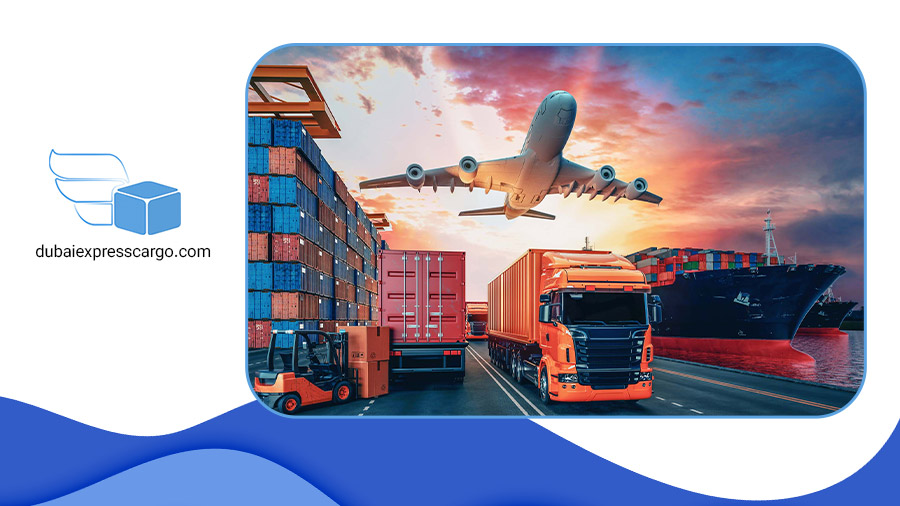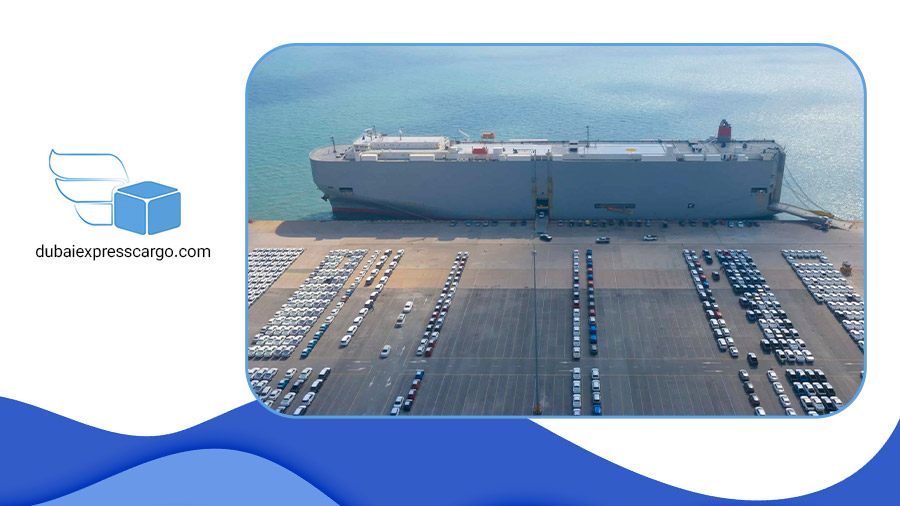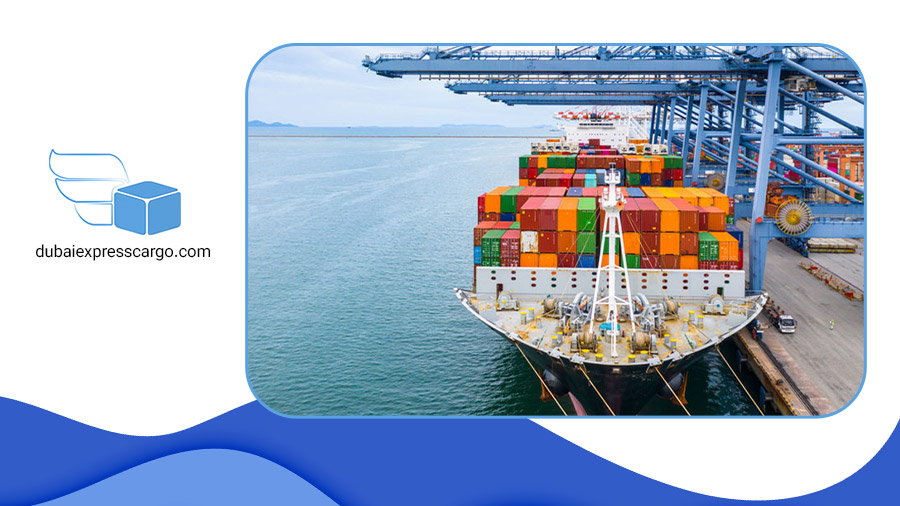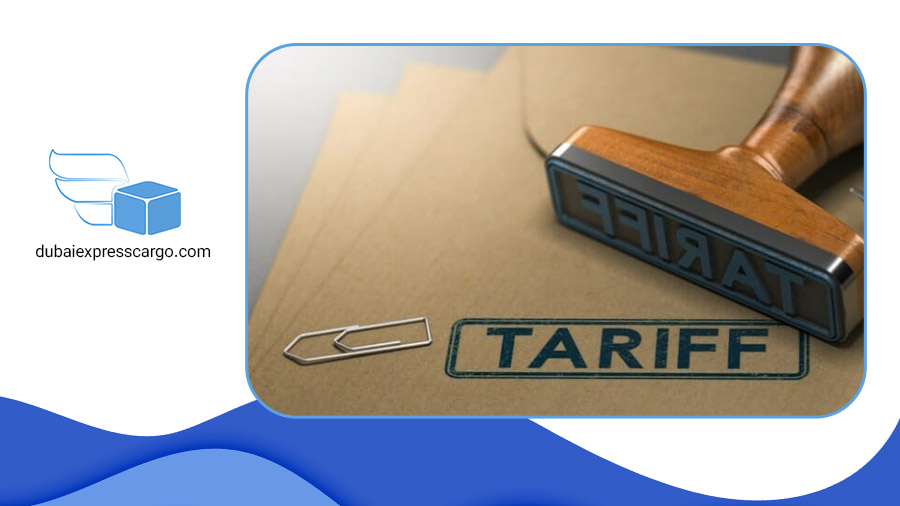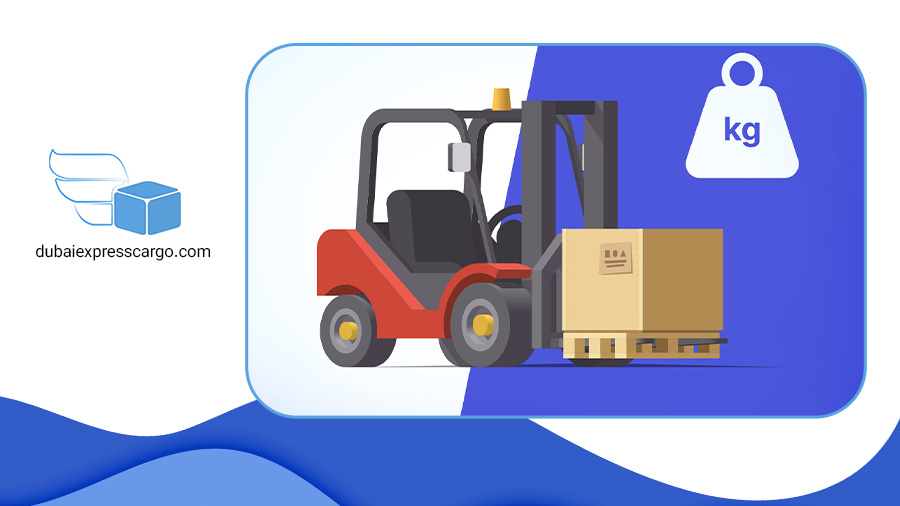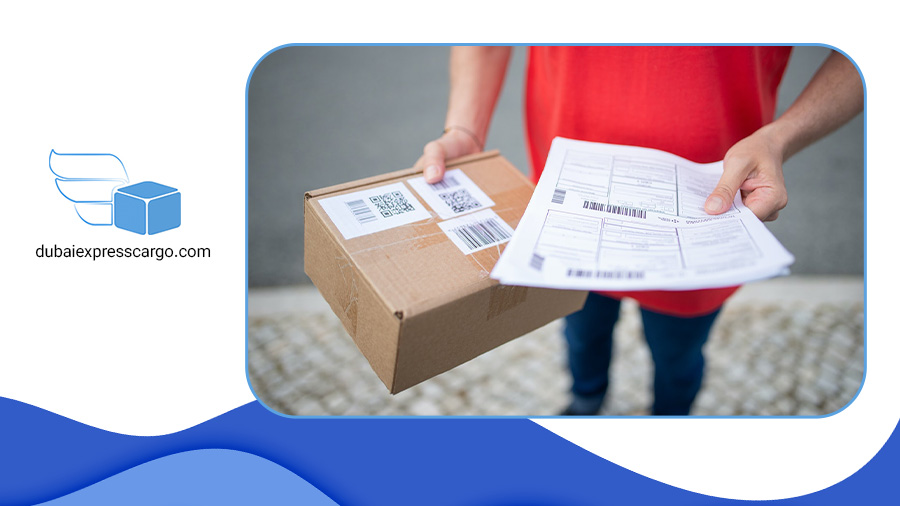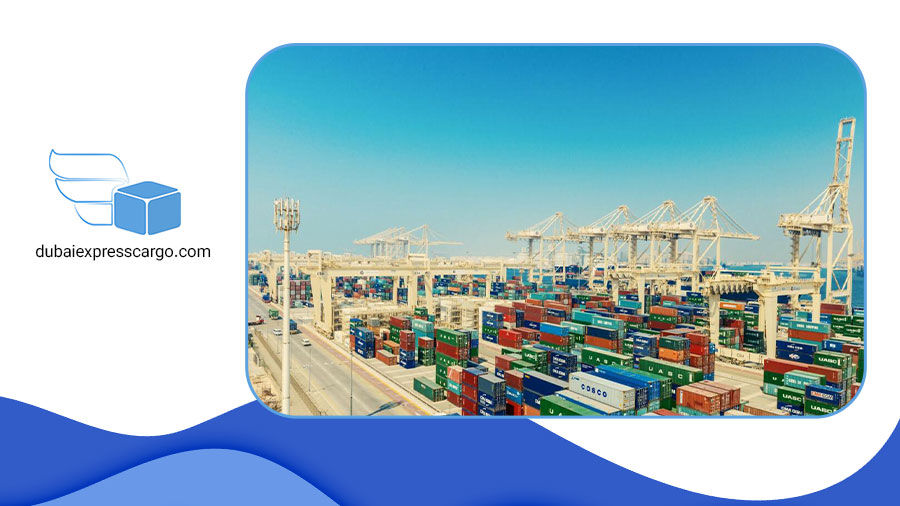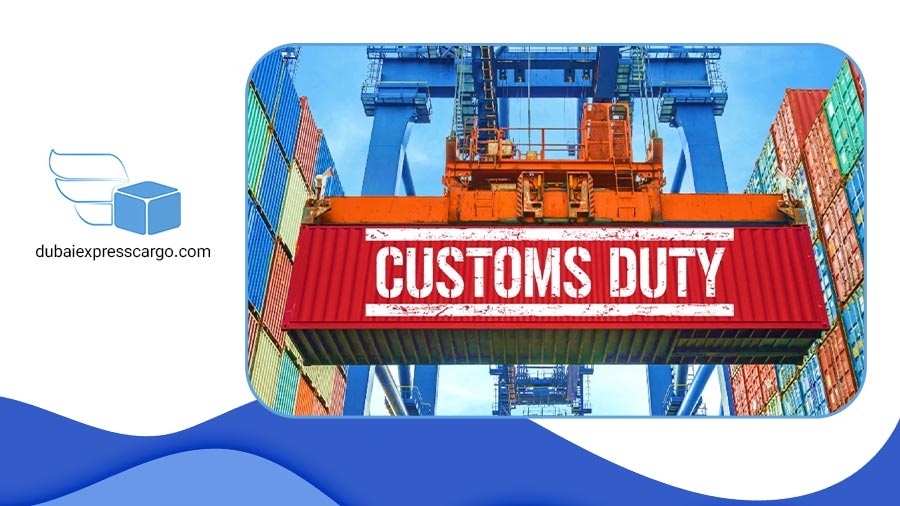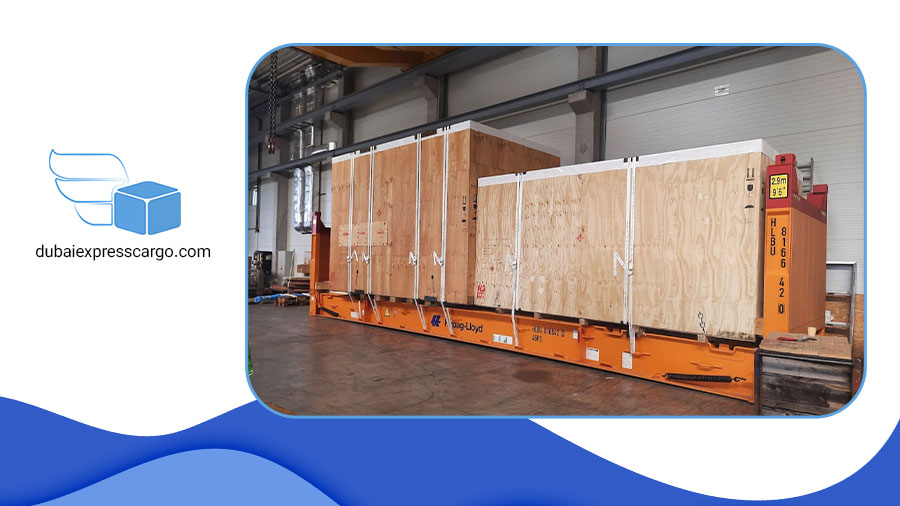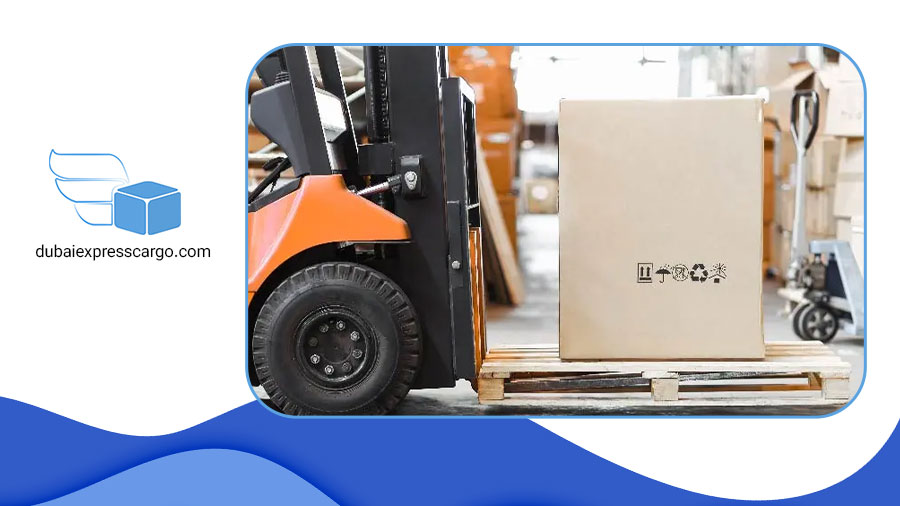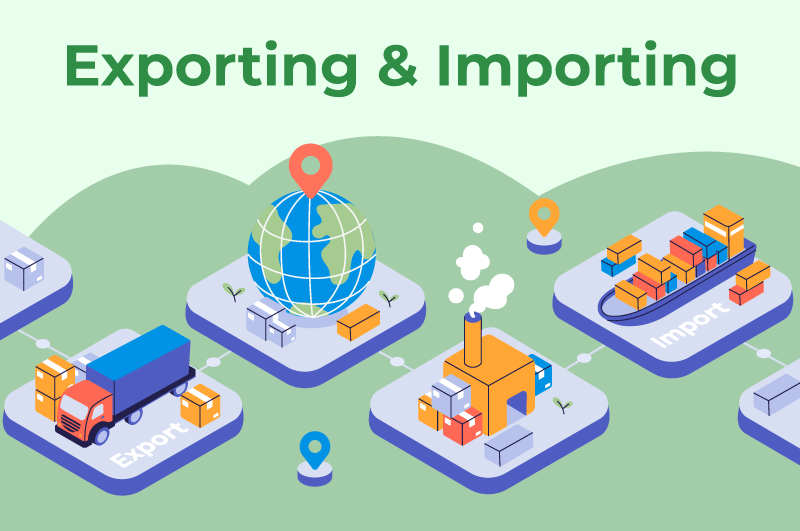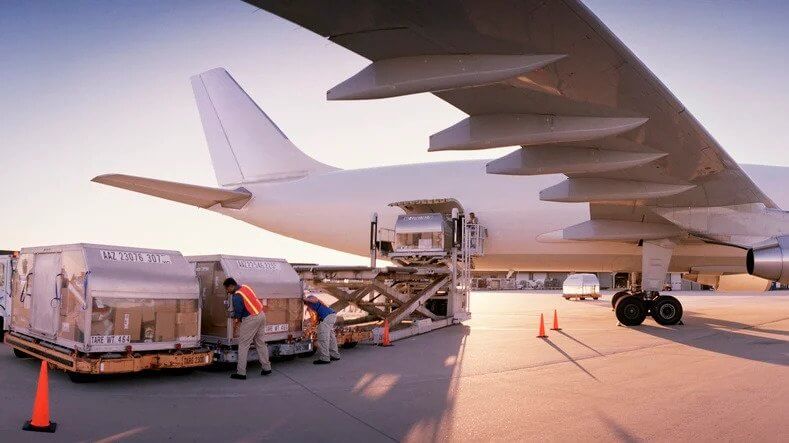In the modern world, where convenience is king, shipping time has become a significant consumer factor. Whether it’s a new pair of footwear, the latest gadget, or essential groceries, we anticipate our purchases to arrive promptly and efficiently.
- Shipping Distance
The distance between the seller’s location and your shipping address is one of the most significant determinants of shipping time. The farther the distance, the longer it will take for your package to reach you. This is because shipping carriers have to factor in transportation time, which can vary depending on the mode of transport (air, land, or sea) and the distance to be covered.
- Shipping Method: Pace and Price Trade-offs
The shipping method you choose plays a substantial role in determining shipping time. Express shipping options, such as overnight or 2-day delivery, prioritize speed and typically involve air transportation, resulting in faster delivery times. However, these methods often come with a higher price tag.
On the other hand, standard or economy shipping options prioritize cost-efficiency and typically involve ground transportation. While these methods are more affordable, they generally have longer delivery times.
- Order Processing Time: From Placement to Pickup
Shipping time doesn’t just start when your package leaves the seller’s warehouse. It also includes the time it takes for the seller to process your order, which involves picking, packing, and preparing your items for shipment. Order processing time can vary depending on the seller’s policies, the complexity of your order, and the current volume of orders they are processing.
- Realistic Expectations and Proactive Communication
It’s important to set realistic expectations when it comes to shipping time. Understand that shipping timelines are estimates, weather, customs clearance, and unexpected delays can affect delivery dates.
Clear and proactive communication is key to managing customer expectations. Provide accurate shipping estimates upfront and inform customers of delays or changes in estimated delivery dates. Offer real-time tracking options so customers can follow the progress of their shipments.
Shipping Timelines: Domestic and International Variations

Shipping time can vary significantly depending on whether you are shipping domestically or internationally. Understanding the nuances of each type of shipping will help you set realistic expectations and make informed decisions about your shipping options.
Domestic Shipping
Domestic shipping, which involves sending packages within a single country, is generally faster and more straightforward than international shipping.
However, even within a country, shipping timelines can vary depending on the distance between the sender and the recipient.
Ground transportation is often used for shorter distances, resulting in delivery times of 1-3 business days. Air transportation may be employed for longer distances, reducing delivery times to 2-5 business days.
International Shipping
International shipping, which involves sending packages across country borders, is more complex and often takes longer than domestic shipping. This is due to several factors, including:
- Customs Clearance: Packages shipped internationally must pass through customs clearance procedures in both the sending and receiving countries. This process can add several days to the delivery timeline, especially for shipments that contain restricted or prohibited items.
- Distance and Transportation: International shipments typically cover longer distances, often necessitating air and ground freight. This can add to the overall shipping time.
- Documentation and Regulations: International shipments require additional documentation, such as customs forms and commercial invoices. Preparing and processing these documents can add to the overall shipping time.
Express Shipping
For time-sensitive shipments, express shipping options can significantly reduce delivery times. These options typically prioritize air freight and often involve dedicated handling services. However, express shipping comes with a higher price tag.
Shipping Efficiency and Managing Expectations

To optimize shipping efficiency and manage customer expectations, consider the following:
- Choose the Right Shipping Method: Select the shipping method that balances speed and cost based on your needs and budget.
- Understand Carrier Estimates: Carefully review carrier estimates and consider potential delays due to peak seasons, weather events, or customs clearance procedures.
- Communicate Proactively: Keep customers informed about their order status, including shipping timelines, tracking information, and potential delays.
- Offer Transparent Tracking: Provide customers with real-time tracking information to monitor their shipments’ progress.
Managing Expectations: Setting Realistic Shipping Timelines
Understanding carrier estimates, anticipating potential delays, and practicing proactive communication is essential in setting realistic expectations and ensuring a smooth shipping experience.
- Carrier Estimates
Carrier estimates, provided by shipping companies, are projections based on average delivery times for specific routes and shipping methods. These estimates are valuable tools for setting initial expectations, but it’s important to understand that they are not guarantees. Weather conditions, customs clearance procedures, and unexpected events can impact delivery times.
Anticipating Delays: Factors Beyond Control
While carriers strive to meet their estimated delivery times, factors beyond their control can cause delays. These include:
- Peak Seasons: During peak seasons, such as the holiday season, shipping volumes surge, leading to longer processing times and potential delays in transit.
- Weather Events: Severe weather conditions like snowstorms or hurricanes can disrupt transportation networks and cause delays.
- Customs Clearance: International shipments are subject to customs clearance procedures, which can add additional time to the delivery process. The complexity of the shipment and the customs regulations of the destination country can influence the duration of customs clearance.
Keeping Customers Informed
Proactive communication is key to managing customer expectations and mitigating frustration. Businesses should:
- Communicate Estimated Delivery Times: Provide customers with accurate and upfront shipment estimates.
- Keep Customers Informed of Delays: If delays are anticipated, promptly inform customers of the situation and provide updated delivery timelines.
- Offer Real-time Tracking: Provide customers with real-time tracking information to monitor their shipments’ progress.
- Respond to Inquiries Promptly and Professionally: Address customer inquiries about their shipments promptly and professionally, providing clear and accurate information.
Enhancing the Shipping Experience: Transparency and Tracking

Shipping has become an integral part of the customer experience. A positive shipping experience can boost customer satisfaction and loyalty, while a negative one can lead to frustration and lost sales. To enhance the shipping experience, businesses should embrace transparency and tracking tools to keep customers informed and engaged throughout the delivery process.
Real-time Tracking: Unveiling the Journey
Real-time tracking provides customers with a detailed view of their shipment’s journey from when it leaves the warehouse to when it arrives at their doorstep. This level of transparency allows customers to anticipate the arrival of their packages, reducing anxiety and uncertainty.
Real-time tracking can be implemented through various methods, including:
- Carrier Tracking Websites: Most shipping carriers provide online tracking tools that allow customers to enter their tracking numbers and view the current location of their packages.
- Order Status Pages: Many businesses integrate real-time tracking into their order status pages, providing customers with a seamless way to track their shipments within their shopping experience.
- Mobile Apps: Shipping carriers and retailers often offer mobile apps that provide real-time tracking functionality, allowing customers to monitor their shipments on the go.
Proactive Delivery Alerts: Anticipating Arrivals
Proactive delivery alerts take transparency further by notifying customers of important milestones in their shipments’ journeys. These alerts can be sent via email, SMS, or push notifications.
Common types of proactive delivery alerts include:
- Shipment Confirmation: An alert confirming that the shipment has been picked up and processed.
- In Transit Updates: Alerts informing customers when their shipments have reached key points in transit, such as major sorting hubs or delivery depots.
- Delivery ETA (Estimated Time of Arrival): An alert providing an estimated delivery window, allowing customers to plan accordingly.
- Delivery Confirmation: A notification confirming the shipment has been delivered and signed for.
Clear Communication Channels
While transparency and tracking can significantly enhance the shipping experience, there may be instances where customers have questions or concerns. Businesses should maintain clear communication channels to address these issues promptly and professionally.
Effective communication channels include:
- Customer Support Hotlines: Dedicated customer support phone lines staffed by trained representatives to answer customer queries and resolve issues.
- Email Support: Email support addresses that allow customers to submit inquiries and receive detailed responses.
- Live Chat: Live chat features provide real-time customer assistance during business hours.
Optimizing Shipping Efficiency

Efficient shipping processes are crucial for businesses to remain competitive and deliver a seamless customer experience. Optimizing shipping efficiency involves:
- Strategically locating warehouses.
- Implementing efficient order management systems.
- Forging robust partnerships with reliable shipping carriers.
Strategic Warehouse Locations: Proximity to Customers
Strategic warehouse placement can significantly impact shipping efficiency and costs. By locating warehouses closer to customers, businesses can reduce transit times, minimize transportation expenses, and improve overall responsiveness to customer orders.
Factors to consider when selecting warehouse locations include:
- Customer Density: Concentrating warehouses in areas with high customer density can reduce delivery distances and expedite order fulfillment.
- Transportation Infrastructure: Access to major transportation hubs, such as airports and highways, can facilitate faster and more cost-effective shipping options.
- Labor Availability: Ensuring access to a qualified workforce in the chosen location is essential for efficient warehouse operations.
Efficient Order Management Systems: Automating Tasks
Order management systems play a pivotal role in streamlining shipping processes. Businesses can reduce errors, minimize processing times, and enhance overall efficiency by automating tasks such as order picking, packing, and shipping label generation.
Key features of efficient order management systems include:
- Order Automation: Automated order processing workflows eliminate manual data entry and reduce human error.
- Inventory Management: Real-time inventory tracking ensures accurate fulfillment and prevents stockouts or overstocks.
- Shipping Integration: Seamless integration with shipping carriers streamlines label generation and shipment tracking.
Robust Carrier Partnerships: Ensuring Timely Deliveries
Partnering with reliable and efficient shipping carriers is essential for ensuring timely deliveries and maintaining customer satisfaction. Businesses should carefully evaluate potential carriers based on factors such as:
- Delivery Performance: Track records of on-time deliveries and customer satisfaction ratings provide valuable insights.
- Service Coverage: Assess the carrier’s network and ability to deliver to all desired destinations.
- Technology Integration: Ensure compatibility between the carrier’s systems and the business’s order management processes.
Shipping Challenges: Anticipating and Mitigating
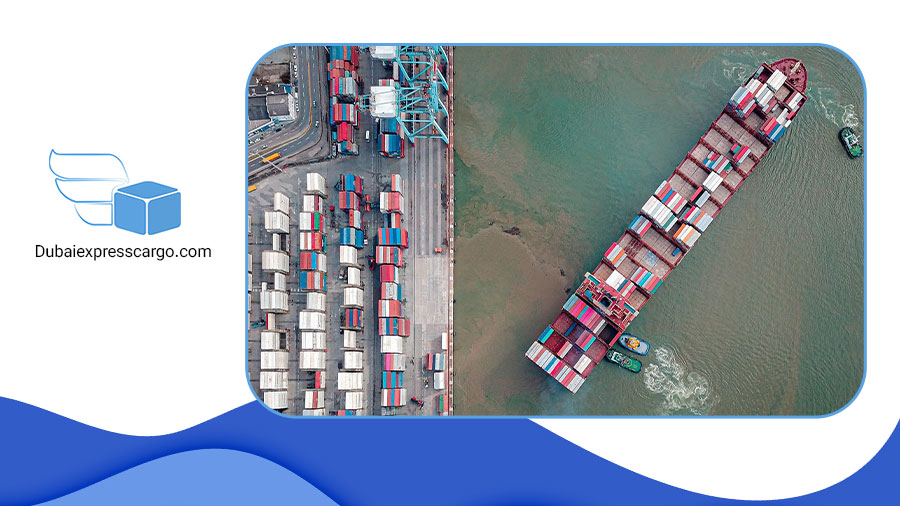
The shipping industry is a complex and dynamic network, and businesses must be prepared to navigate various challenges to ensure timely and efficient deliveries. Anticipating and mitigating potential disruptions can help businesses maintain customer satisfaction and minimize operational setbacks.
Peak Seasons: Surging Demand and Potential Delays
Peak seasons, such as the holiday shopping period, can strain shipping networks, leading to increased transit times and potential delays. Businesses can prepare for peak seasons by:
- Planning Ahead: Anticipate increased demand and adjust inventory levels accordingly.
- Communicating with Customers: Set realistic shipping expectations and inform customers about potential delays.
- Diversifying Carrier Partnerships: Partner with multiple carriers to avoid relying solely on one provider during peak periods.
Weather Events: Embracing the Unpredictable
Severe weather events, such as hurricanes or snowstorms, can disrupt transportation networks and cause delays or even cancellations. Businesses can mitigate the impact of weather events by:
- Monitoring Weather Forecasts: Stay informed about weather patterns and potential disruptions.
- Communicating with Carriers: Maintain open communication with carriers to assess the impact of weather events on their operations.
- Implementing Contingency Plans: Develop contingency plans to reroute shipments or utilize alternative shipping methods if necessary.
Customs Clearance: Understanding the Process
International shipments often require customs clearance procedures, adding to the delivery timeline. Businesses can streamline customs clearance by:
- Understanding Customs Regulations: Familiarize themselves with the destination country’s customs regulations.
- Preparing Proper Documentation: Accurately and fill out all required customs forms and invoices.
- Partnering with Customs Brokers: Utilize the expertise of customs brokers to navigate complex customs procedures.
Conclusion
In today’s busy world, both companies and customers need to know how long shipping takes. Businesses can ensure customers are happy and enjoy long-term success by communicating clearly, setting fair goals, and using efficient shipping methods.
Dubai Express Cargo, with its extensive experience and global network, can help you navigate the complexities of shipping and deliver your goods efficiently and reliably. Contact Dubai Express Cargo today to discuss your shipping needs and experience the difference.


